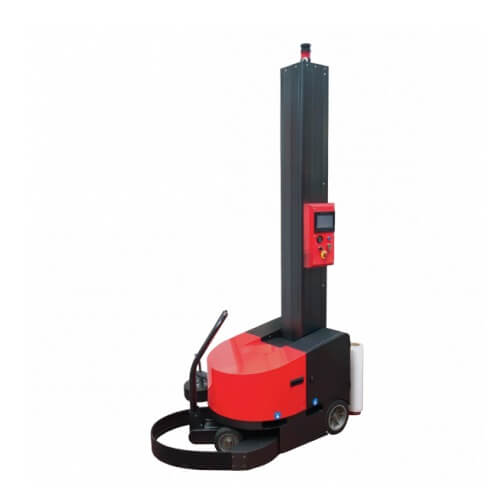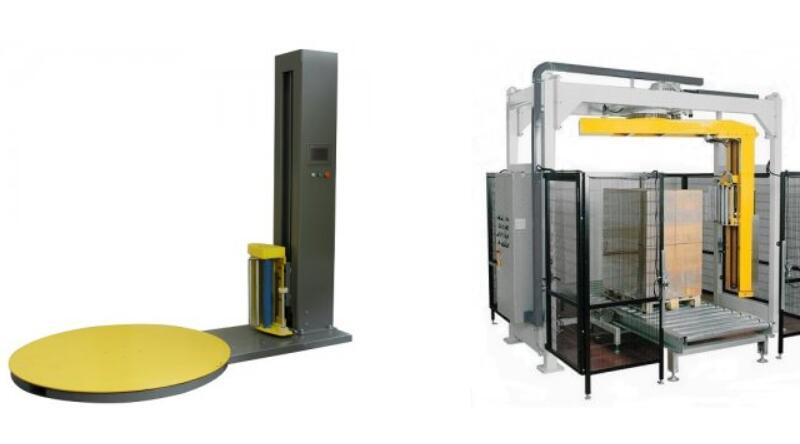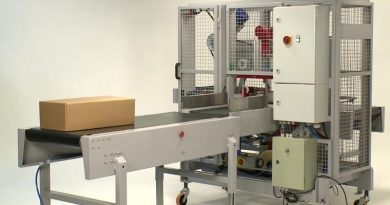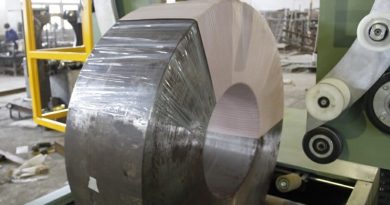5 Things You Shouldn’t Forget When Buying a Stretch Wrapper
There are many stretch wrappers on the market, and they vary in model and features. So what should we pay attention to when choosing a stretch wrapper?



- Load Stability
The most popular stretch wrapper is the turntable pallet stretch wrapper, which can handle most load types. However, for extremely light, heavy, or unstable loads, the turntable pallet stretch wrapper may not be the best choice. If the load is too light, the tension of the film will cause the load to collapse directly. In these cases, a stretch wrapper with a pressing-down device is a better choice because it can put some pressure on the goods to play a fixed role.
In addition, self-propelled pallet wrappers are ideal for overweight loads. They can be pulled directly to the designated location to wrap the pallet. There is no need to use a forklift to lift the goods onto the turntable. - Drive Up Ramp
Because the pallet needs to be transferred to the turntable, the stretch wrapper usually requires a forklift to work with it. However, if you want to use a pallet truck to move the palletized goods, you need to configure a ramp to push the goods onto the turntable of the stretch wrapper. - Mast Height
The standard wrapping height for turntable pallet stretch wrappers is 80 inches high (6 feet 8 inches). However, there are some load heights will vary depending on the products you are shipping. If your load will exceed 80 inches in height, you will need to extend the mast. - Turntable Size
The standard turntable diameter for turntable stretch wrappers is 65 inches. They can accommodate the most commonly used (40 x 48 inches) pallets in the turntable. If you use larger pallets, you will need to purchase a larger turntable. Pallets that hang off the turntable are extremely unstable and can easily collapse or collide with the equipment itself, posing a safety hazard to the operator. - Integrated Scale
Often the last step we do before shipping is wrapping, and a stretch wrapper equipped with an integrated scale can help us quickly check whether the goods match the quantity ordered. Ensure that customers do not receive incomplete orders.
On the other hand, weighing the goods can help us avoid fines from trucking companies. They do not always have the means or opportunity to weigh the goods loaded in the truck, and more often they rely on the shipper to tell them the weight. However, if you provide an inaccurate weight, they may be fined, which you will ultimately have to pay for.




